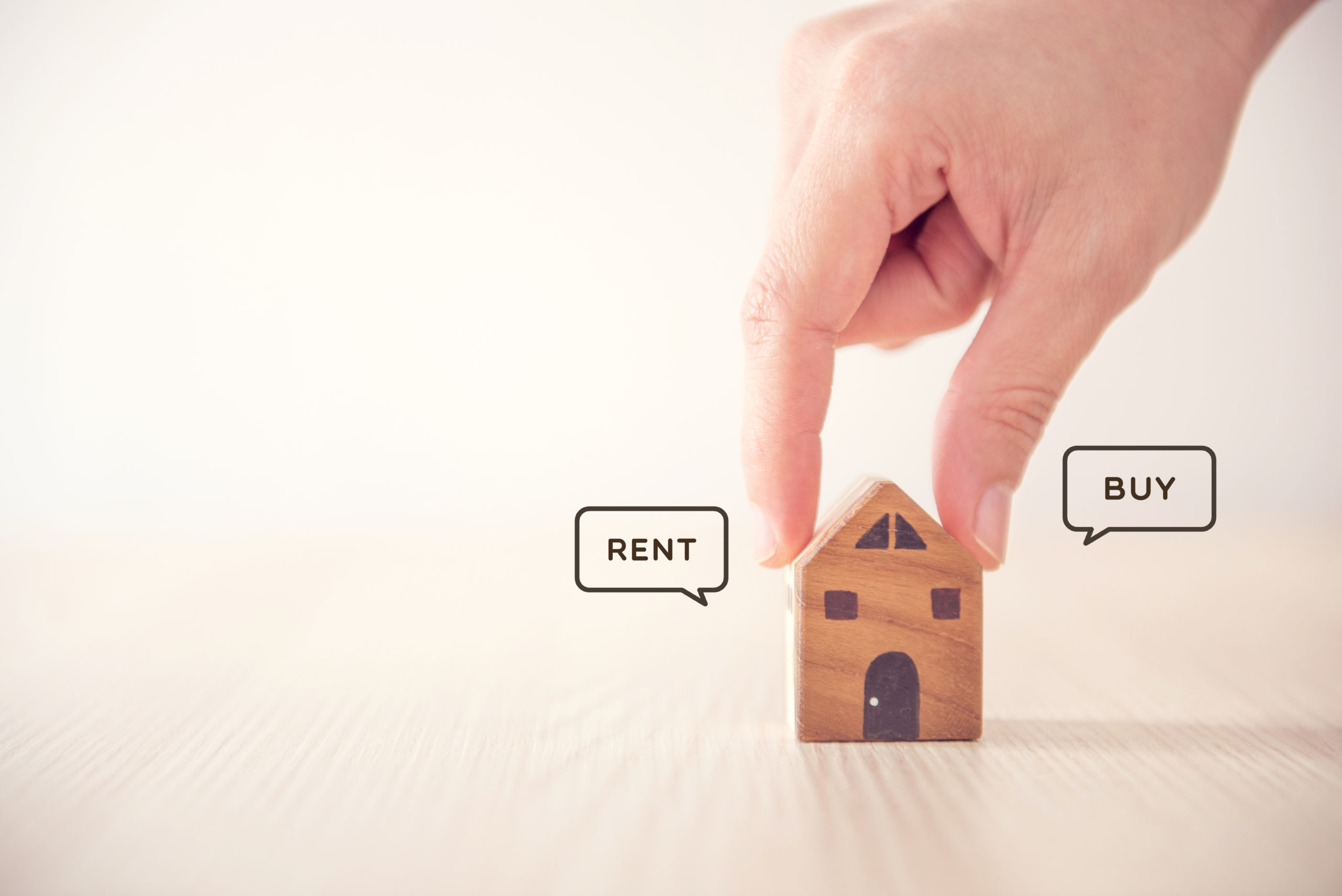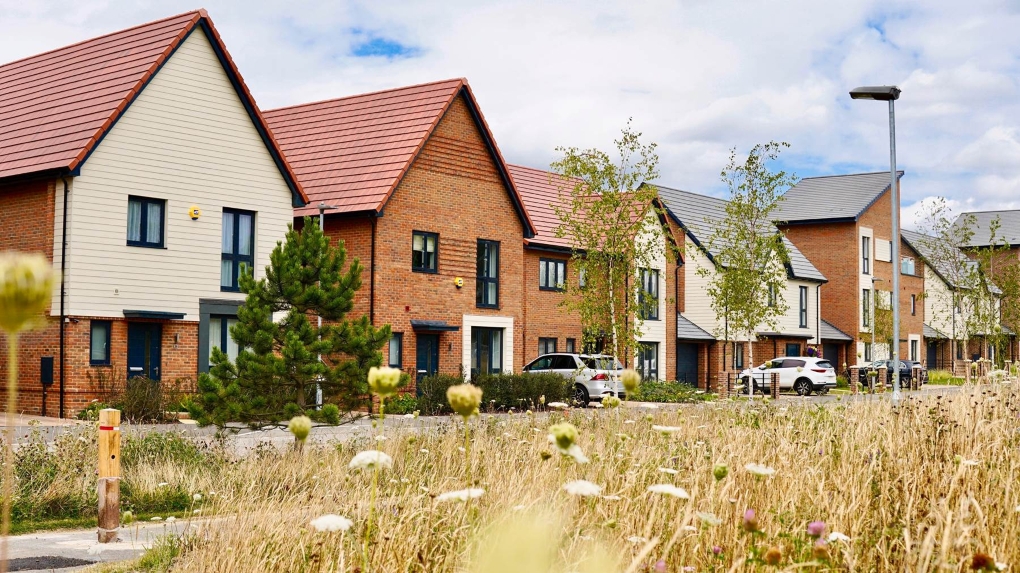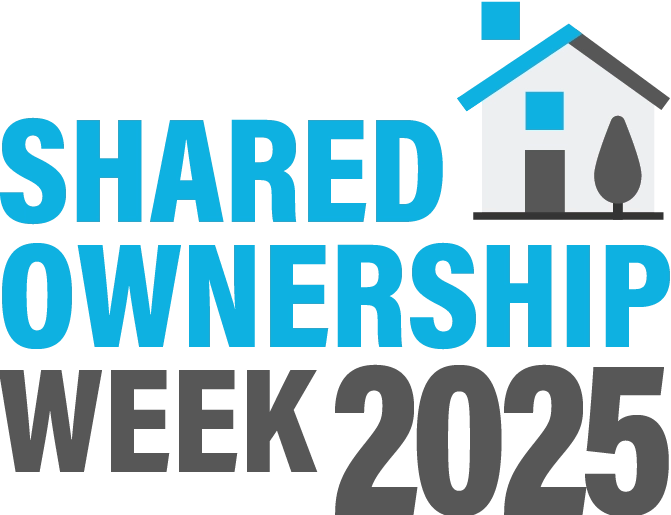Rent to Buy & Other Home Buying Options
Rent to Buy
What is Rent to Buy?
Like a perfume bought at a department store, Rent to Buy is a ‘try before you buy’ style of home buying. It is a government scheme that lets first-time buyers rent a property before they buy it outright.
How does Rent to Buy work?
Through Rent to Buy, first-time buyers can pay subsidised rent on the home they live in for up to five years. After a set period (usually around two years), tenants can either buy the property or enter a Shared Ownership deal. If you do decide that the house is worth buying, depending on your terms, you will gain 25% of the rent you paid, and 50% of any increase in the property’s value.
Is it better to Rent or Buy?
The eternal question. The renting vs buying debate ultimately comes down to your circumstances. A first-time buyer will find it much easier to rent a house, which doesn’t require a huge deposit. This makes Rent to Buy the perfect solution for someone who wants a home but doesn’t have the money to buy one straight away.


Alternative Home Buyer Schemes
Deposit Unlock
Unlock homeownership with Deposit Unlock, a scheme by participating developers. Buyers secure a new build property with a 5% deposit, as the home builder insures the mortgage, enabling better Loan-to-Value mortgages from lenders.
Discount Market Sale
Discount Market Sale offers a solution for low and middle-income earners, looking to buy in the borough they live or work in. Purchase a new build property at a discounted price, typically around 20%, making homeownership more attainable.
Discount Full Ownership
Discount Full Ownership scheme allows buyers in London to purchase 100% of a property at a discounted rate of at least 20% compared to local market prices. Learn more about Discount Full Ownership
Intermediate Rent
Planning to save for a deposit and buy a property within five years? Intermediate Rent offers a helping hand. Rent a new or refurbished home at a subsidised rate through this scheme, giving you the flexibility to save for your dream home while enjoying comfortable living.
London Living Rent
London Living Rent offers a lifeline for those seeking affordable housing in London. Rent a home at below-market value rent under tenancies of minimum three years, with the option to purchase the property on a Shared Ownership basis during the tenancy.
Learn more about London Living Rent

Lifetime ISA
What is a lifetime ISA?
A lifetime ISA (individual savings account) is a government scheme which by first time buyers can benefit from. It can also be withdrawn if you are 60 or over.
How does a lifetime ISA work?
Put up to £4,000 per year (£333.33 per month) into the lifetime ISA, and the government will add a 25% bonus per year, up to the value of £1,000. In order to be eligible to use a lifetime ISA after 12 months, the first home must be under £450,000 and bought with a mortgage. A solicitor then instructs the ISA provider, who pay the funds directly.

